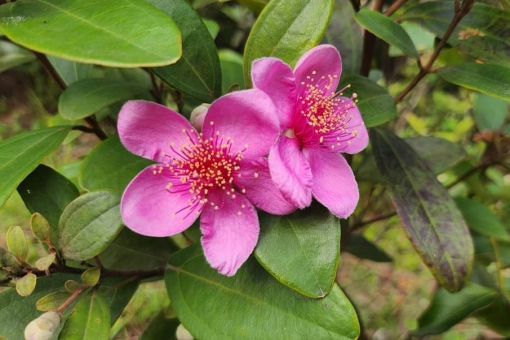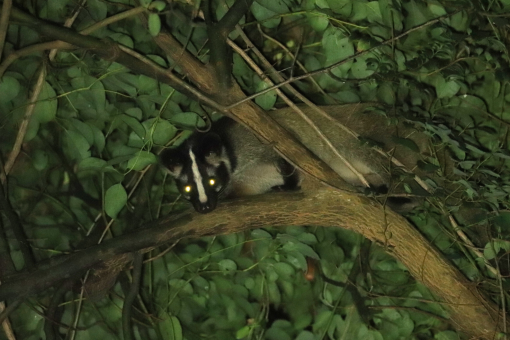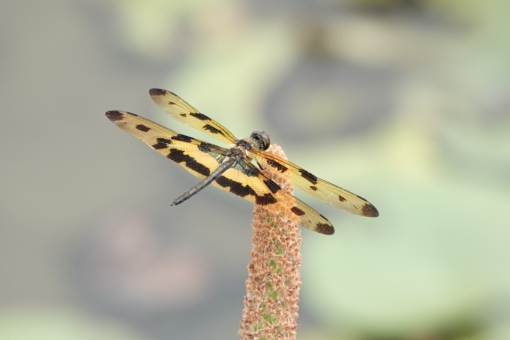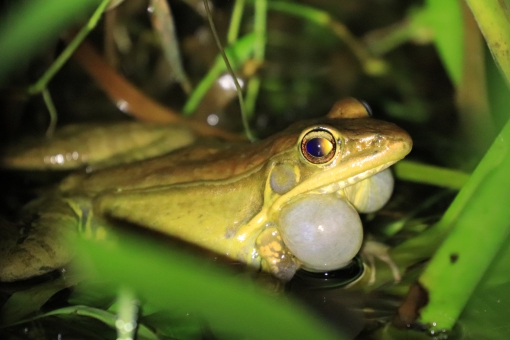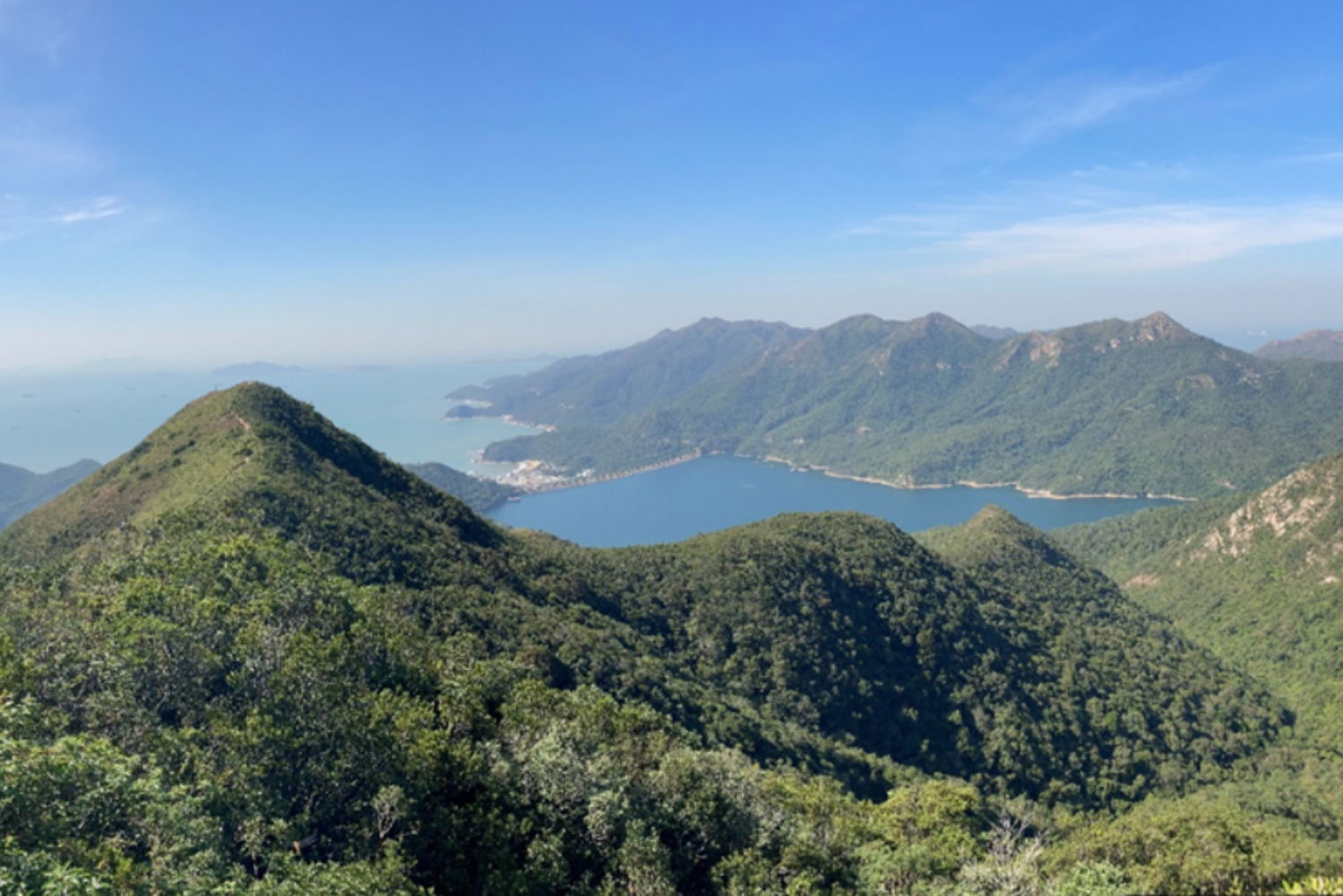
Land
Hong Kong is located at the northern edge of the tropics, with a subtropical climate. Approximately 60% of its land is natural slopes, and it boasts over 200 outlying islands. Despite its small size of around 1,114 square kilometers, Hong Kong is a city with over 70% of its land covered in natural “green spaces.” Taiwanese naturalist writer Liu Ke-shiang refers to this as “three-quarters of Hong Kong.” This includes 25 designated country parks and 22 special areas protected under the Country Parks Ordinance, covering about 40% of the total land area of Hong Kong.
The main types of rock in Hong Kong are granite and volcanic rock, each having different weathering characteristics and giving rise to distinct geological landscapes.
Sea
Hong Kong is also a coastal city, with a total marine area of 1,650 square kilometers. The eastern waters face the South China Sea and are influenced by seasonal currents and monsoons, while the western waters are affected by freshwater runoff from the Pearl River estuary. As of 2025, eight marine parks and one marine reserve have been established and are protected under the Marine Parks Ordinance.








